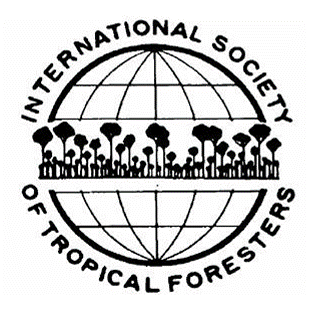Paradigm Change in Forest Management Governance in Nepal
The development of forest governance in Nepal has been a complex journey shaped by various socio-political transitions, environmental challenges, and evolving policy frameworks. Historically, Nepal’s forests have been central to its socio-economic fabric, providing livelihoods to communities, supporting biodiversity, and regulating ecosystems. Over the years, forest management in Nepal has undergone a considerable shift from a state-dominated top-down approach to a community-based participatory approach through organizational and policy reform. However, until the mid-20th century, forest management was often characterized by centralized control and exploitation, leading to deforestation and degradation.
The community participatory movement came in the 1970s with the launch of community forestry programs, which aimed to devolve management rights to local communities. The major thrust of the community forestry program came through the Master Plan for Forestry Sector of 1989 which fully recognized community forest as the primary forestry program, encouraging the transfer of forests to local communities for active management and utilization. This shift gained momentum in the 1990s following the restoration of democracy and promulgation of the landmark Forest Act in 1993, which provided community forest user groups (CFUGs) legal rights to manage designated forest areas. This shift towards decentralization and community participation marked a significant turning point in Nepal’s forest governance, empowering local communities to take ownership of their forest resources, implement sustainable management practices, and benefit from forest products and services.
Over the decades, Nepal has made strides in expanding the coverage and effectiveness of community forestry, with millions of hectares now under community management. Furthermore, establishing institutions like the Department of Forests (DoF) and implementing policies such as the National Forest Policy have provided a broader regulatory framework for sustainable forest management. With the shift in the government system in 2015, as the country adopted a federal government system, the government focused beyond the subsistence needs of forest products, programs like “Forestry for Prosperity,” and green economy and green employment by scientific management of forest resources sustainably.

As of 2023, the state of forest governance in Nepal reflects a dynamic balance of conservation, community participation, and sustainable development. Despite these achievements, challenges persist — including issues of governance, equity, and climate change adaptation. Ensuring the inclusion of marginalized groups, enhancing the capacity of local institutions, and addressing illegal logging and encroachment remain critical priorities for Nepal’s forest governance agenda. Moving forward, embracing innovative approaches, integrating traditional knowledge with modern science, and fostering partnerships at local, national, and international levels will be essential for steering Nepal towards a more resilient and inclusive forest governance system.
Author: Pramod Ghimire
Agriculture and Forestry University, Faculty of Forestry, Hetauda, Nepal
Email: pghimire@afu.edu.np
